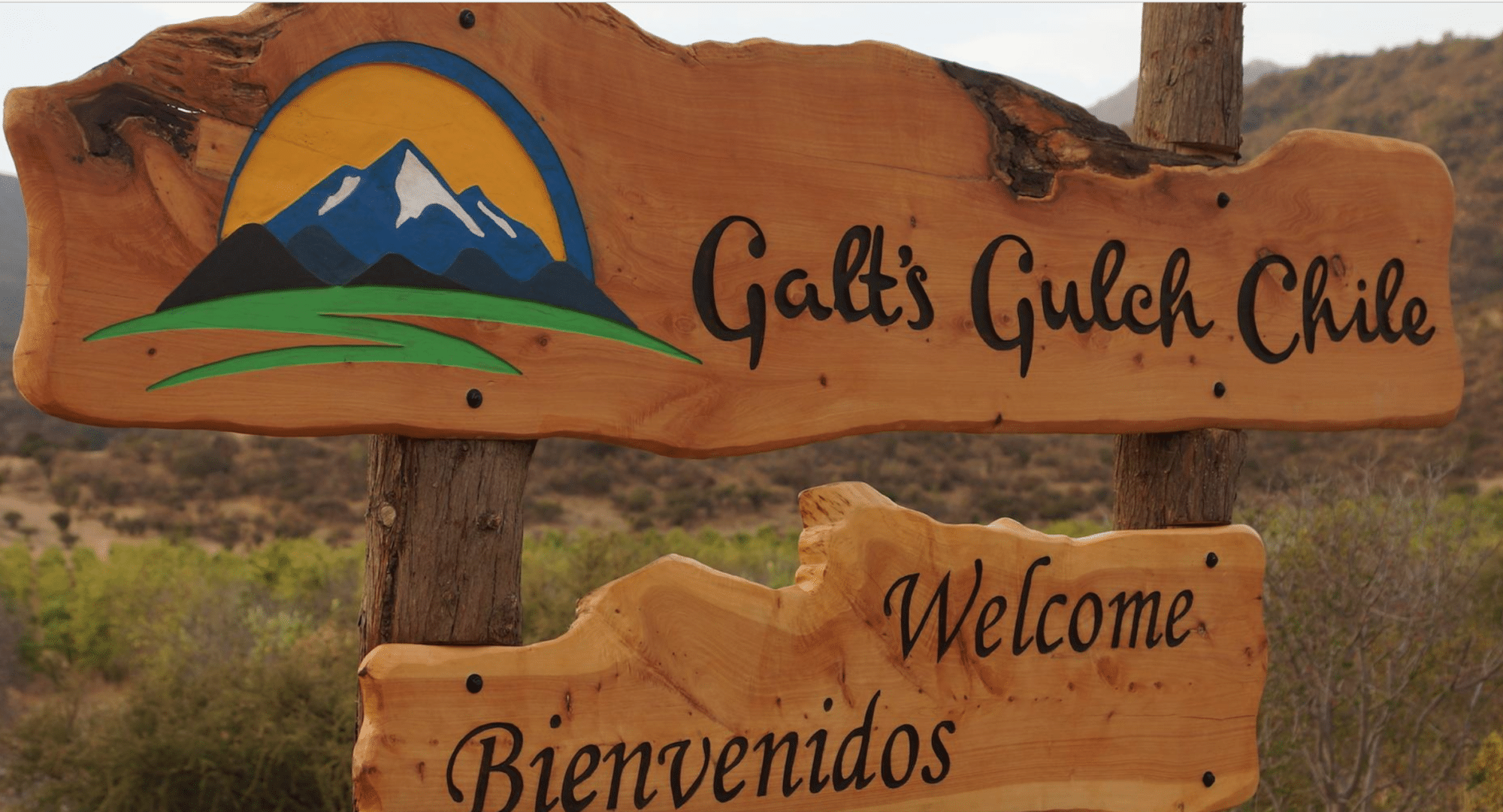- Discovering New Possibilities: Exploring Seasteading
- Concluding Thoughts
Blue Frontiers, a company dedicated to creating permanent dwellings at sea, recently signed a memorandum of understanding with French Polynesia for The Floating Island Project.
Before we delve into this latest venture, let’s first understand the concept of seasteading. It is a blend of science fiction and reality, with the idea that establishing permanent dwellings at sea can solve various socio-economic, political, and environmental issues.
Note: This article was originally published on May 21, 2018.

Blue Frontiers’ ecosystem comprises of a physical platform called the Seastead and a legal platform called the SeaZone. The company is also planning to launch Varyon, a token that aims to foster diversity in governance and facilitate transactions within the Blue Frontiers ecosystem.
Varyon offers a range of functionalities, such as purchasing or leasing space on a Seastead, registering businesses, and becoming a “virtual resident” in a Blue Frontiers SeaZone.
The video raises a pertinent issue – 7.6 billion people live under the authority of approximately 193 land-based governments. As history has shown, central governments can vary from being average at best to being genocidal at worst.
Blue Frontiers is not the only project aiming to cater to the desire for freedom from a specific nation or government. Tim Draper-endorsed Ledger Atlas, for instance, has a similar objective in Papua New Guinea to develop and operate a special economic zone for crypto, blockchain, and innovation. Furthermore, countries like Singapore, Malta, Switzerland, the Cayman Islands, Lichtenstein, and other smaller countries have blockchain-friendly policies and incentives to attract digital citizens.
The Dystopian Search for Utopia
The idea evokes memories of Galt’s Gulch – an 11,000+ acre plot of arable land in the Chilean Andes named after the fictional spot in Ayn Rand’s “Atlas Shrugged” where the world’s proficient and competent innovators sought refuge (also relevant to our discussion here).
Residents of Galt’s Gulch Chile aimed to create a haven for libertarians and anarcho-capitalists to work, while simultaneously enjoying the country’s pleasant weather and low taxes. The economy was to be based on Bitcoin.
“We are delighted to offer a sanctuary for people who value freedom, away from the oppressive governments of the Western world where they can create a vibrant community,” Jeff Berwick, one of the founders of Galt’s Gulch Chile, wrote in May 2013.
“Why shouldn’t Bitcoin be the John Galt coin?” – Ken Johnson, another founder and managing partner.
Unfortunately, the grand vision fell apart within two years of its launch in 2012 due to personal and legal conflicts, leading The Economist to call the whole thing a “Bitcoin paradise.” Today, it seems like nothing more than a utopian pipe dream.
While it may be premature to label Galt’s Gulch Chile as an elaborate scam, several involved parties have accused the leadership of corruption.

“The level of deceit involved in this scheme could only have been possible in the libertarian community because [Johnson] exploited their distrust of the government and urged them to invest through a trust, without revealing their identities, preferring that they use precious metals or Bitcoins to avoid being traced,” alleged potential investor Josh Kirley. “It seemed to have worked perfectly, whether intentionally or motivated by circumstances.” Despite his skepticism, Kirley did give credit to GGC for its early foray into building a digital-asset-based economy. For perspective, during that period, Bitcoin was trading at around $125. Ironically, the sales generated by GGC in 2013 amounted to approximately $10 – $105 million today (factoring in price fluctuations in
